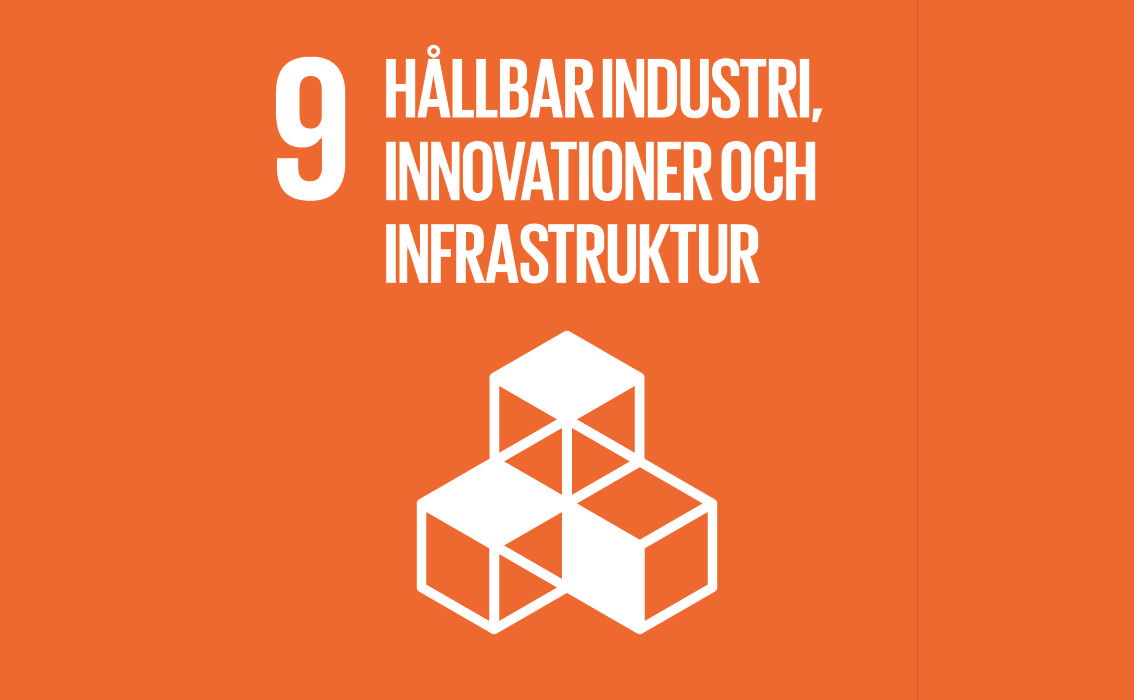SafeDeep: Dependable Deep Learning for Safety-Critical Airborne Embedded Systems
This project addresses design methods for the use of DNNs in airborne safety-critical systems.
Avslutat
Start
2019-09-01
Avslut
2023-12-31
Huvudfinansiering
Samarbetspartners
Forskningsområde
Projektansvarig vid MDU
Projektbeskrivning
Deep neural networks (DNNs) have shown to be very successful in several areas, e.g. for object detection in autonomous cars. DNNs may also be successful in airborne systems. One such possible application is guided landing. The enabling of safe landing in adverse weather conditions without full ground support from the instrument landing system, decreases aerospace greenhouse gas emissions as multiple landing attempts and aerospace congestion are mitigated. To land autonomously without support from ground infrastructure requires advanced airborne systems including algorithms for detecting the runway. These systems are safety-critical.
This project addresses design methods for the use of DNNs in airborne safety-critical systems. DNNs cannot rely on traditional design assurance techniques described in documents from certification authorities or standardization bodies. In this project, the research focus is on mitigation techniques for design errors in both hardware and software and for adversarial effects which can lead to system failures. The expected results are design methodologies and fault tolerant architectures for airborne safety-critical applications using neural networks.


